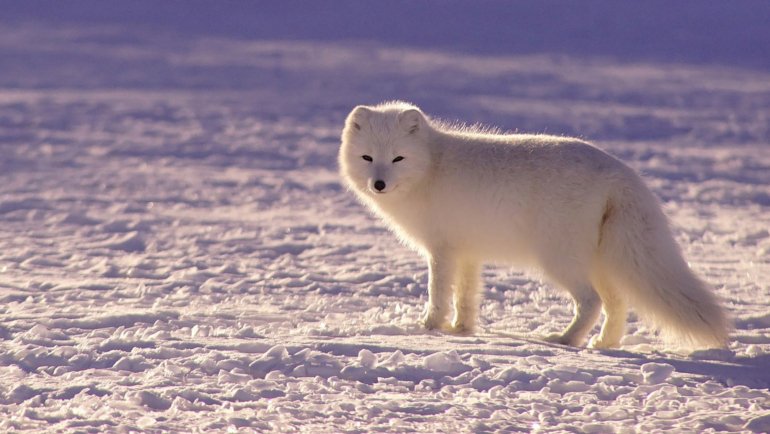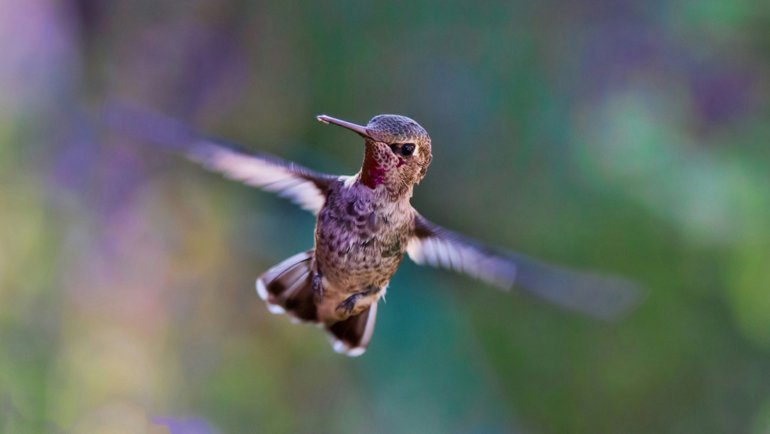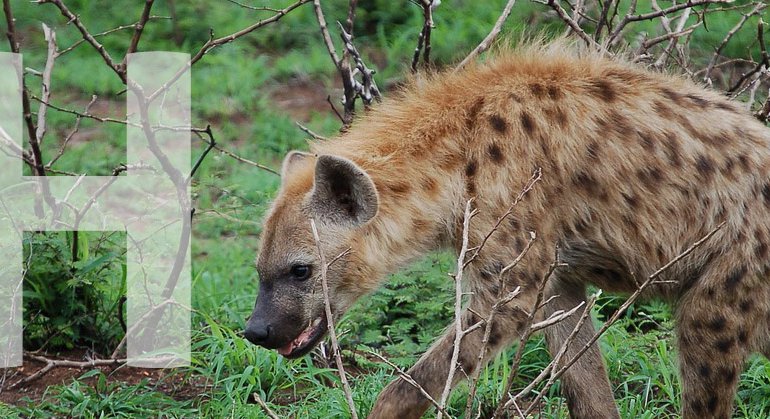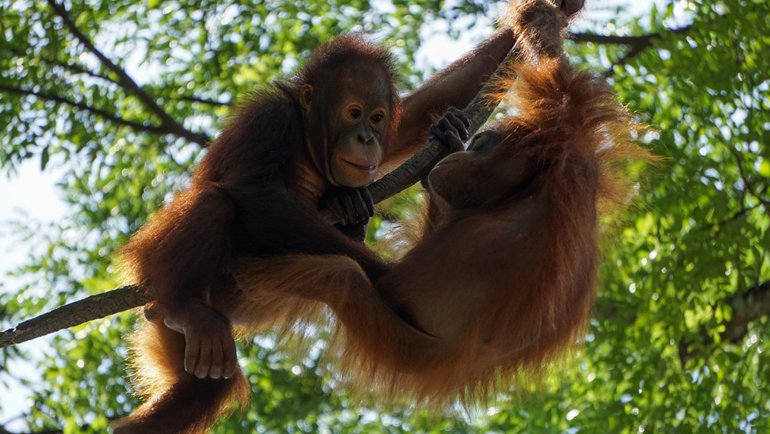The animal kingdom is replete with creatures that never cease to astound us with their distinctive features. One such captivating feature is the presence of large, pronounced lips. Whether it’s to grasp food more effectively, communicate, or simply as a result of their evolutionary journey, animals with big lips certainly stand out.
Join us as we delve into the world of these uniquely-lipped animals, exploring the reasons behind their prominent pouts and the roles these lips play in their daily lives.
[lwptoc)
10 Animals With Big Lips
Rhinoceros
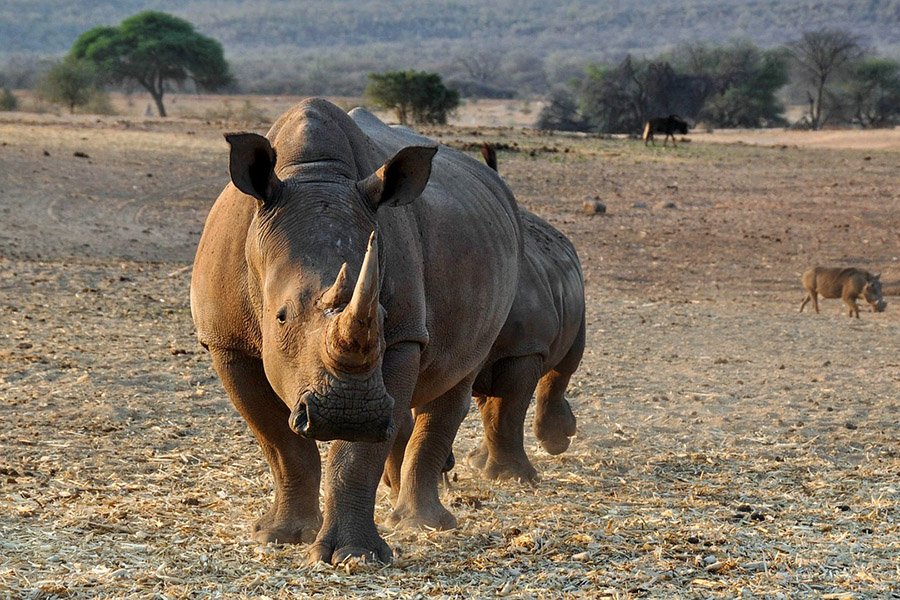
- Scientific Name: White Rhinoceros (Ceratotherium simum), Black Rhinoceros (Diceros bicornis)
- Type of Animal: Mammal
- Where Found: Africa
The Rhinoceros is renowned for its imposing size and formidable horn, but it’s also notable for its large lips. Particularly, the difference in the lip shape of the White and Black rhinos is striking.
The White Rhino, named misleadingly not for its color but possibly a mistranslation of the Dutch word “wijde” (wide), has a broad, square-shaped mouth. This shape is perfect for its ground-grazing habits. In contrast, the Black Rhino boasts a pointed, prehensile lip, allowing it to pick leaves and fruits from trees and shrubs with precision.
Did you know? Despite their robust appearance, rhinos have rather sensitive skin and often wallow in mud both to protect themselves from the sun and to ward off parasites.
Blobfish
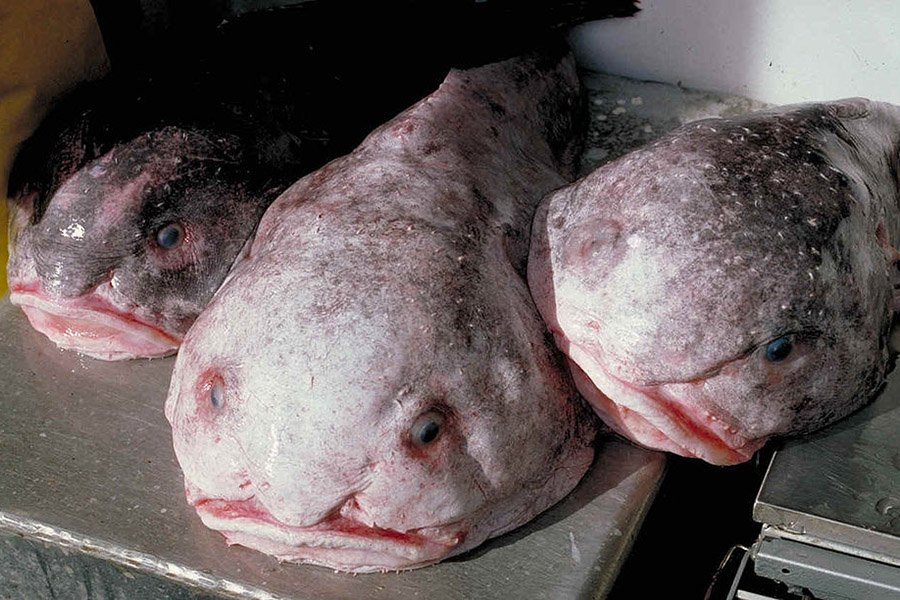
- Scientific Name: Psychrolutes marcidus
- Type of Animal: Fish
- Where Found: Deep waters off the coasts of mainland Australia and Tasmania.
With a face that has captured the internet’s fascination, the Blobfish looks unlike any other creature in the marine world.
Its gelatinous body, designed to withstand the high pressures of the deep sea, culminates in a large, downturned mouth, giving it an almost perpetually gloomy expression. While it might appear “sad”, the blobfish’s big lips and unique facial structure are a result of its evolution in its specific deep-sea habitat.
Did you know? In its natural deep-sea habitat, the blobfish looks more like a typical fish. The “droopy” appearance we’re familiar with happens when it’s brought to the surface and is a result of decompression.
Proboscis Monkey

- Scientific Name: Nasalis larvatus
- Type of Animal: Mammal
- Where Found: Borneo, in Southeast Asia.
With its distinctively long nose and pronounced lips, the Proboscis Monkey is one of the most easily recognizable primates. Native to Borneo’s mangrove forests, swamps, and lowland riparian areas, this monkey’s oversized nose is complemented by its sizable lips.
Males have larger noses and lips than females, and these features are believed to play a role in attracting mates. When vocalizing, their resonating calls are amplified by their unique facial features.
Did you know? The male Proboscis Monkey’s large nose is believed to enhance vocalizations, making their calls louder and more resonant, thereby attracting potential mates and asserting dominance.
Hippopotamus
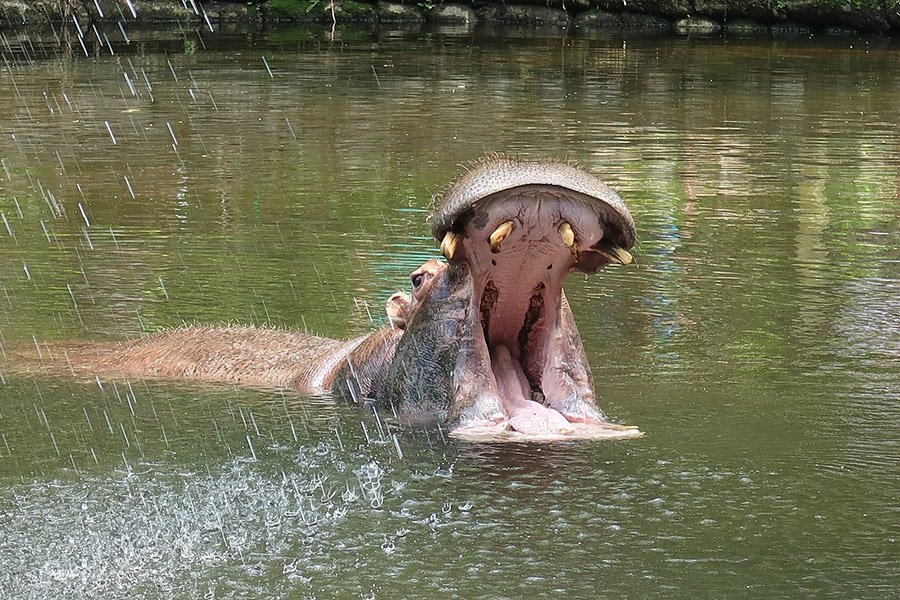
- Scientific Name: Hippopotamus amphibius
- Type of Animal: Mammal
- Where Found: Across sub-Saharan Africa, near rivers, lakes, and wetlands.
One of the most iconic river-dwellers, the Hippopotamus, is instantly recognizable by its wide mouth adorned with massive lips. These creatures use their powerful and thick-lipped mouths not only for communication (they can produce impressively loud calls) but also for combat and feeding.
By grazing on grass during the nighttime and spending their days submerged in water, those broad lips play an essential role in scooping up large amounts of grass with every bite.
Did you know? A hippo’s yawn isn’t a sign of sleepiness. Instead, it’s a display of their formidable teeth and a warning to potential threats or rivals.
Mandarinfish

- Scientific Name: Synchiropus splendidus
- Type of Animal: Fish
- Where Found: The Pacific Ocean, extending from the Ryukyu Islands to Australia.
The Mandarinfish is a small, brightly colored member of the dragonet family. Its vivid hues are a visual delight, and its protruding, large lips add to its distinct appearance. These lips play a role in its feeding habits.
Scouring the substrate for tiny prey, the Mandarinfish uses its sizable lips to suck in small crustaceans and other microfauna from sandy or muddy ocean floors.
Did you know? The stunning coloration of the Mandarinfish isn’t just for show. It also serves as a warning sign. This fish secretes a mucous that’s toxic to potential predators.
Napoleon Wrasse

- Scientific Name: Cheilinus undulatus
- Type of Animal: Fish
- Where Found: Red Sea, the Indian Ocean, and the western Pacific Ocean.
The Napoleon Wrasse, also known as the humphead wrasse, is a vibrant, large fish renowned for its impressive size and prominent lips.
These thick lips, coupled with its robust teeth, are essential for its diet consisting of hard-shelled species like crustaceans and mollusks. Recognizable by its bright, electric blue-green patterns, the Napoleon Wrasse is a favorite amongst divers for its inquisitive nature and striking appearance.
Did you know? This species can change its gender during its lifetime, transitioning from female to male, in a phenomenon known as protogyny.
Parrotfish
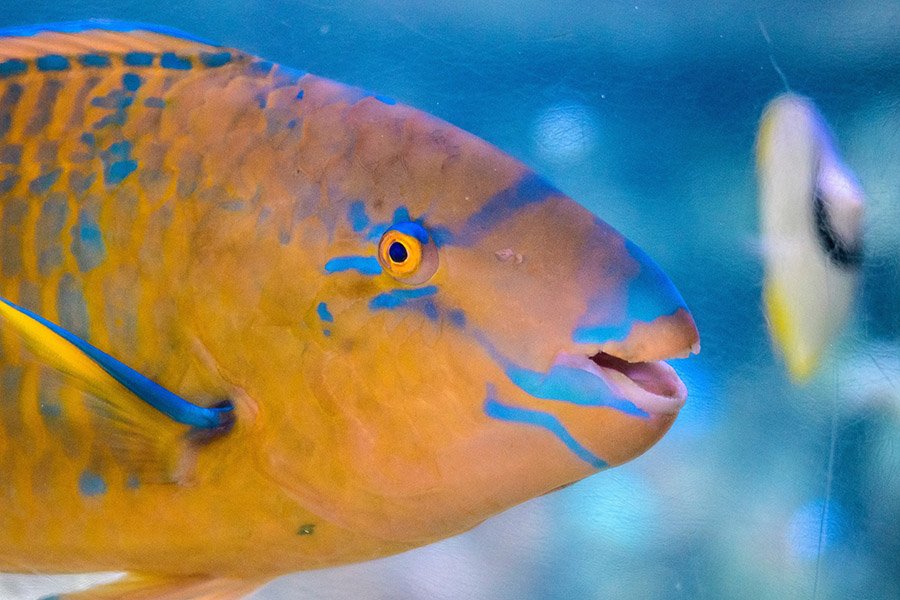
- Scientific Name: family Scaridae
- Type of Animal: Fish
- Where Found: Tropical and subtropical oceans, especially around coral reefs.
Parrotfish owe their name to their brightly colored scales and their parrot-like beak, but their lips are equally notable. Large and often vividly colored, these lips protect their beak-like jaws when they feed on coral and algae.
The structure of their mouth allows them to scrape off algae from coral surfaces efficiently. Their feeding habits play a significant role in the health of coral reefs by preventing algae from overpowering the coral.
Did you know? After digesting the eaten coral, parrotfish excrete it as sand, contributing immensely to the creation of sandy beaches in the tropics!
Gelada
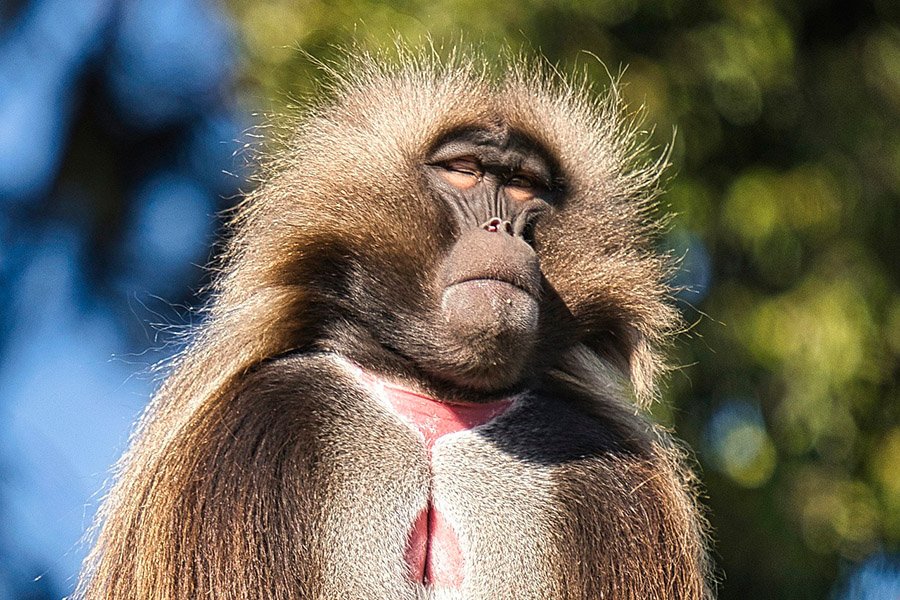
- Scientific Name: Theropithecus gelada
- Type of Animal: Mammal
- Where Found: Highlands of Ethiopia in East Africa.
Distinct from other primates, the Gelada is often dubbed the “bleeding-heart monkey” due to the unique patch of bare skin on its chest.
However, it’s also remarkable for its large, fleshy lips, which it often flips back to display its gums and teeth in a unique threat display. This lip-flipping, combined with their vocalizations, plays an integral role in Gelada’s communication and social dynamics.
Did you know? Geladas are the only primates that are primarily grazers, feeding on grass almost exclusively.
Bactrian Camel
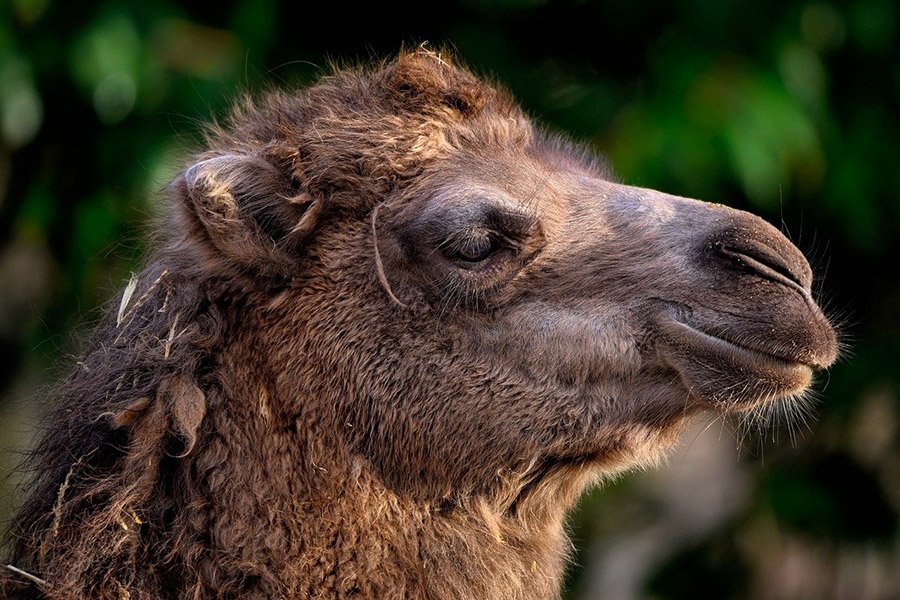
- Scientific Name: Camelus bactrianus
- Type of Animal: Mammal
- Where Found: Central Asia, including the historical region of Bactria.
With their dual humps and resilient nature, Bactrian Camels are iconic creatures of the desert. Their sizable, fleshy lips are highly flexible and tough, enabling them to eat thorny desert plants without injuring themselves.
This adaptability allows them to thrive in environments where other animals might struggle to find suitable nutrition.
Did you know? Bactrian camels have two sets of eyelashes and can seal their nostrils, adaptations designed to keep out sand during fierce desert sandstorms.
Moose
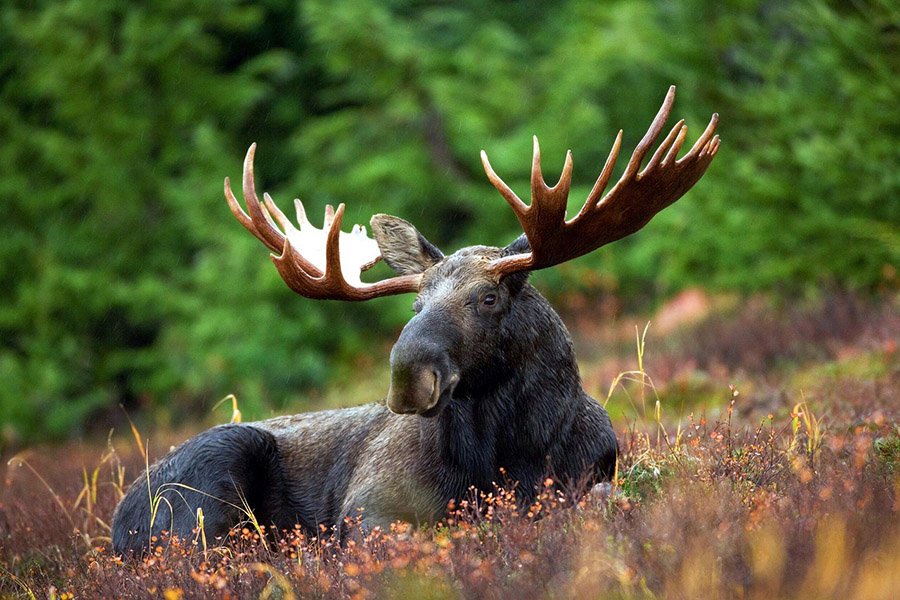
- Scientific Name: Alces alces
- Type of Animal: Mammal
- Where Found: North America and northern Eurasia.
Standing taller than any other deer species, the Moose is a majestic creature of the northern forests. Its snout culminates in a pronounced overhanging upper lip, often referred to as a “dewlap” or “bell.”
This large lip, combined with a highly mobile and sensitive prehensile upper lip, helps the moose selectively pick and eat a variety of vegetation, from aquatic plants to shrubs.
Did you know? The flap of skin and hair hanging from a moose’s throat is called a “bell.” While its exact purpose remains a mystery, some believe it might play a role in communication or mating rituals.
Why Do Some Animals Have Large Lips?
Throughout the evolution of various species, anatomical traits have developed in response to environmental challenges, dietary requirements, or mating rituals. For many creatures, large lips offer unique advantages.
For some, like the Rhinoceros or Moose, a pronounced lip aids in selectively feeding on particular types of vegetation. In aquatic environments, species like the Napoleon Wrasse or Parrotfish employ their substantial lips to consume specific diets, from hard-shelled prey to algae on coral reefs.
Social or communicative functions also come into play; the Gelada, for instance, uses its fleshy lips for intricate displays within its social structure. Over time, those species that leveraged these advantages saw increased survival rates, leading to the propagation of these traits in successive generations.
Hence, while the reasons might vary across species, the presence of large lips in many animals underscores the diverse strategies nature employs for survival, communication, and reproduction.
